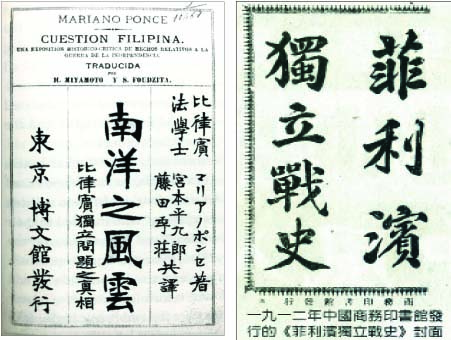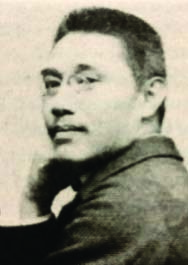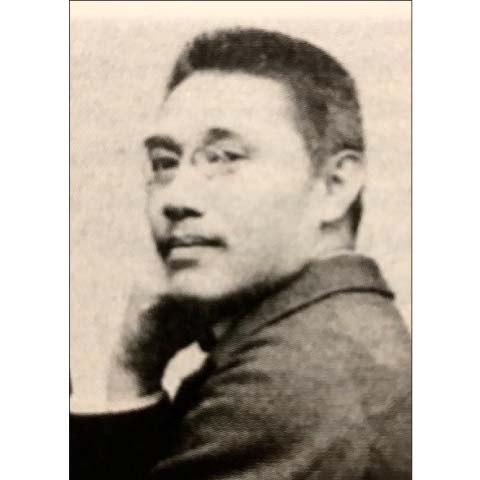
China’s reformists and revolutionists had paid great attention and importance to the Philippine war for independence. This is attested by the fact that a book written by renowned propagandist Mariano Ponce is probably the first book by a Filipino translated into Chinese and published in China – not once, but twice. The first edition came out in 1902; the second in 1912.
National Artist for Literature Dr. Resil B. Mojares, in his book Isabelo’s Archive (2019), gives interesting and important information about Ponce, a physician and writer and active member of the Propaganda Movement, in relation to China.
Mojares considers Cuestion Filipina: Una exposition historico-critica de hechos relativos a la Guerra de la independencia (Philippine Question: A historical-critical exposition of facts to the war of independence) as Ponce’s most substantial piece of writing. Ponce’s article, written in Spanish, was first translated into Japanese by Miyamoto Heikano and Fujita Suetaka and serialized in the paper Keikona Nippo. It was published as a book in Tokyo in February 1901, under the title “Nan’yo no Fuun: Filipin Dokmitsu Mondai no Shinso (Social Unrest in the South Sea: The Truth about the Issue of Philippine Independence).”
Mojares writes: “The book focuses on the anti-Spanish part of the revolution, perhaps because Ponce, at this time, did not want to jeopardize the possibility of a settlement with the United States. Here, Ponce argued that the Filipino war for independence was a just war; that Filipinos had the capacity to form a nation-state; and that this was demonstrated in the achievement of their leaders and the Aguinaldo republic.”

Ponce’s book was translated into Chinese, under the title Feilubin Duli Zhanshi (菲利濱獨立戰史 History of the Philippine War of Independence), and published in Shanghai in 1902. It was, Mojares wrote, “according to Rebecca Karl, perhaps the single most influential text for post-1902 Chinese interpretation of the global and Chinese significance of the Philippine revolution.”
In 1902, China was still under the imperial Qing Dynasty. Translating and publishing Ponce’s book demonstrate the importance and significance the Chinese reformists attached to his work as well as to the Philippine revolution, the first anticolonial revolution in Asia. The book was reissued in 1912, a year after the revolution led by Sun Yat-sen overthrew the Qing Dynasty and established the Republic of China.
This means that Ponce’s book was still appreciated and in demand at the time. We can proudly say the influence of Philippine revolution in China should not be underestimated.
Unfortunately, as Mojares writes, “Ironically, Ponce’s book has not seen print in the Philippines and is little-known.”
Fortunately, the Chinben See Memorial Library was able to acquire a copy of the Chinese version of Ponce’s book’s published in 1912 through the effort of our Philippine Studies friends in Beijing University.





